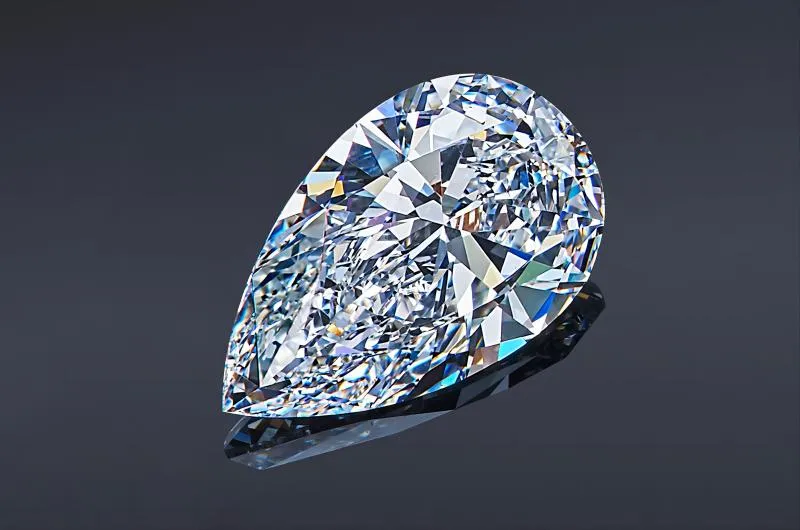BY  GENN
GENN
2024/06
Blog
Is Graphite More Powerful than A Diamond?
Overview of Graphite and Diamond
Graphite is a naturally occurring form of crystalline carbon known for its softness, lubricating properties, and electrical conductivity. It consists of layers of carbon atoms arranged in a hexagonal lattice structure.
The bonding characteristics within these layers contribute to its unique properties. Each layer is composed of carbon atoms bonded together in a flat, two-dimensional plane, with strong covalent bonds holding the atoms together within the plane.
However, the bonding between the layers is much weaker due to van der Waals forces, allowing the layers to slide past each other easily. This structure gives graphite its characteristic slippery feel and makes it an excellent lubricant.
Definition and Composition of Diamond
Diamond, on the other hand, is renowned for its extreme hardness and brilliance. It consists of carbon atoms arranged in a tetrahedral lattice structure, with each carbon atom covalently bonded to four others in a three-dimensional arrangement.
These strong covalent bonds result in a tightly packed, rigid crystal lattice that gives the diamond its exceptional hardness. The tetrahedral arrangement allows for maximum packing efficiency and stability within the crystal lattice.
This unique molecular arrangement results in the remarkable physical properties that make diamonds one of the hardest known natural materials. These distinct structures and bonding characteristics provide graphite and diamond with their respective properties that set them apart from each other, making them fascinating subjects for comparative analysis.
Comparative Analysis: Hardness and Abrasiveness
Hardness, in the context of materials science, refers to the ability of a substance to resist scratching or abrasion. It is a fundamental property that determines the durability and usability of various materials.
A common scale used to measure mineral hardness is the Mohs scale, which ranks minerals from 1 (softest) to 10 (hardest). Understanding hardness is crucial when comparing graphite and diamond.
Mohs scale as a measure of mineral hardness
The Mohs scale, developed by Friedrich Mohs in 1812, consists of ten minerals ranked according to their relative hardness. This scale serves as a useful tool for comparing the scratch resistance of different materials. In this regard, graphite exhibits a relatively low ranking on the Mohs scale, typically ranging from 1 to 2.
Graphite’s relative hardness compared to diamond
When considering graphite’s relative hardness compared to diamond, it becomes evident that diamond outweighs graphite significantly in terms of scratch resistance and durability. Graphite’s low ranking on the Mohs scale can be attributed primarily to its unique structure, consisting of layers held together by weak interlayer bonds.
Graphite possesses weak interlayer bonds due to its hexagonal lattice structure, wherein carbon atoms form strong covalent bonds within each layer but experience weaker attractions between layers. As a result, when subjected to external forces or scratching, these layers are easily separated from one another. This susceptibility makes graphite unsuitable for applications requiring high resistance against scratching and abrasion.
However, this property also gives rise to one of graphite’s remarkable features: its softness. The weak interlayer bonds allow individual layers within graphite crystals to slide smoothly over each other with minimal force applied.
This characteristic renders graphite an ideal material for writing purposes since it results in effortless pencil marks on paper surfaces without causing significant damage or wear. On the other hand, diamonds stand out as an exceptional material when it comes to rarity, elegance, and unsurpassed strength.
Diamond’s exceptional hardness
Diamond reigns supreme at the highest level on the Mohs scale with a perfect score of 10 due, among other factors, to its abundance, b>toughness, and c>durability. This mastery arises from its crystal structure, composed of tightly bonded carbon atoms arranged tetrahedrally in three-dimensional networks. This arrangement forms immensely strong covalent bonds between every carbon atom throughout the crystal. This structural integrity endows diamonds with extraordinary physical properties, most notably exceptional hardness. With its unparalleled ability, the diamonds exhibit extreme resistance against scratching and abrasion.










